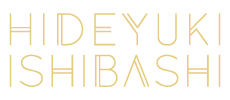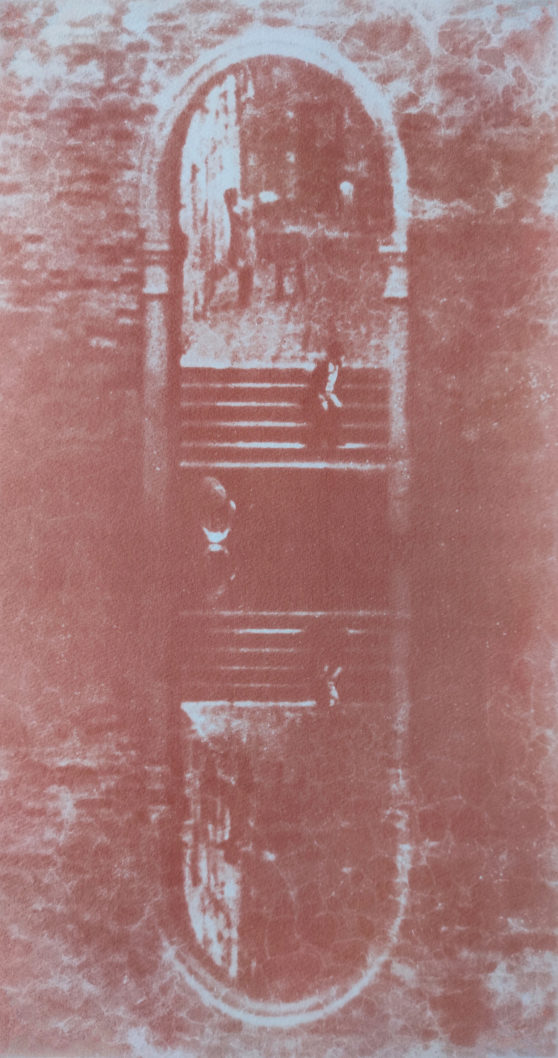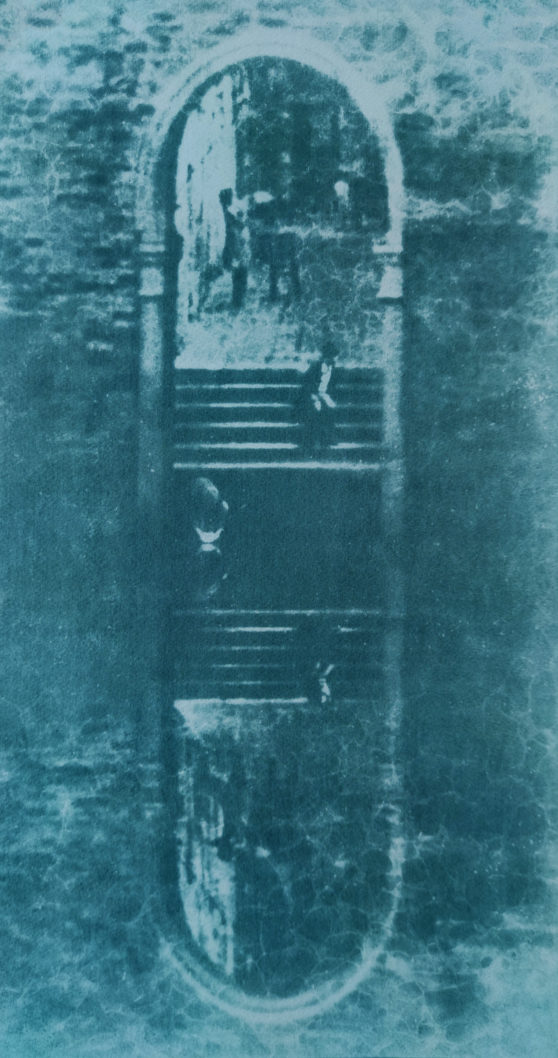Phosphène
2023 (artistic commission for The Venice Venice Hotel)
I arrived in Venice early in the morning. In the clear winter light, I wandered through the maze of streets, looking for the way to the Venice Venice Hotel. The characteristic blue-green water of the canals reflects a light that is fluid and diffused, onto the reddish-brown painted walls, while the direct rays of the sun cast knife-sharp shadows on the back alleys. Dazzled by the intense light emitted by the open windows, suddenly the pure white of the marble emerges into the light… On my first visit to this place, I felt as if I was trapped in the enigmatic landscape painted by Giorgio De Chirico.
Late at night, in serene contrast to the hustle and bustle of the daytime, I boarded a ferry with only a few passengers and took in the view of the city from the water. Reddish yellow streetlights illuminate mysterious architectural forms, and a black water mirror, like Claude glass, mimic the real world. The line between reality and reflection blurs as I gaze at the symmetrical figures floating vaguely in the deep darkness of the night, and I feel as if I am voyaging in a dream.
In my dream that night, I encountered a child who sends me light signals through a mirror. Beside this child there seems to be second child, looking behind. At that moment, I am convinced that the mysterious light and reflections symbolize Venice for me. The next day, in order to capture the appearance of this dream, I searched for old photographs and postcards from antique stores in the area. To visualize Venice’s light in an indirect way, I also looked for pigments in the three primary colors of light – Red, Green, and Blue – that have a connection to the city’s history.
The collage, made from old postcards found locally and photos from my found photo collection, are gradually transformed into a “photograph” by several layers of digital processing. Then, in order to recapture the scene from the ferry at night, the finished image was printed on cardboard and a black mirror was placed under the printed image to reproduce the reflected image in the real world. The light from the flashlight, passing through the movement of the water in the transparent acrylic box, illuminates the maquette on the table in a contrast of light and shadow as if it were that mysterious diffused light that can still be seen even when my eyes are closed.
The images completed through several “resuscitation” processes were printed using locally purchased red (Rosso Venezia), green (Verde venezia chiant/Verde cromo oscuro), and blue (Blu cobaltino/Blu di prussia) pigments, utilizing one of the oldest photographic techniques from early 19th century known as Gum bichromate. The final color image “Phosphène (trichromie numérique)” was then created by scanning the red, green, and blue gum bichromate prints and digitally layering each image in a pseudo three-color decomposition process in order to rewrite “historical color and the light of Venice” from a contemporary perspective.
My dream, which was originally monochrome, has been reflected, given light and color, and now exists between dream and reality. That is why this image has neither up nor down, and it is the viewer who decides which way to look at it. In other words, the reflected image (dream) becomes reality and may sometimes reflect our truth.
Production supports:
The Venice Venice Hotel
Bigaignon




